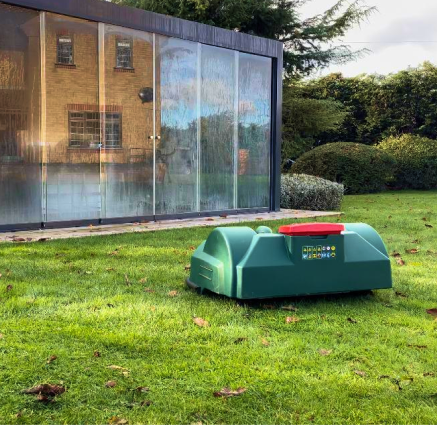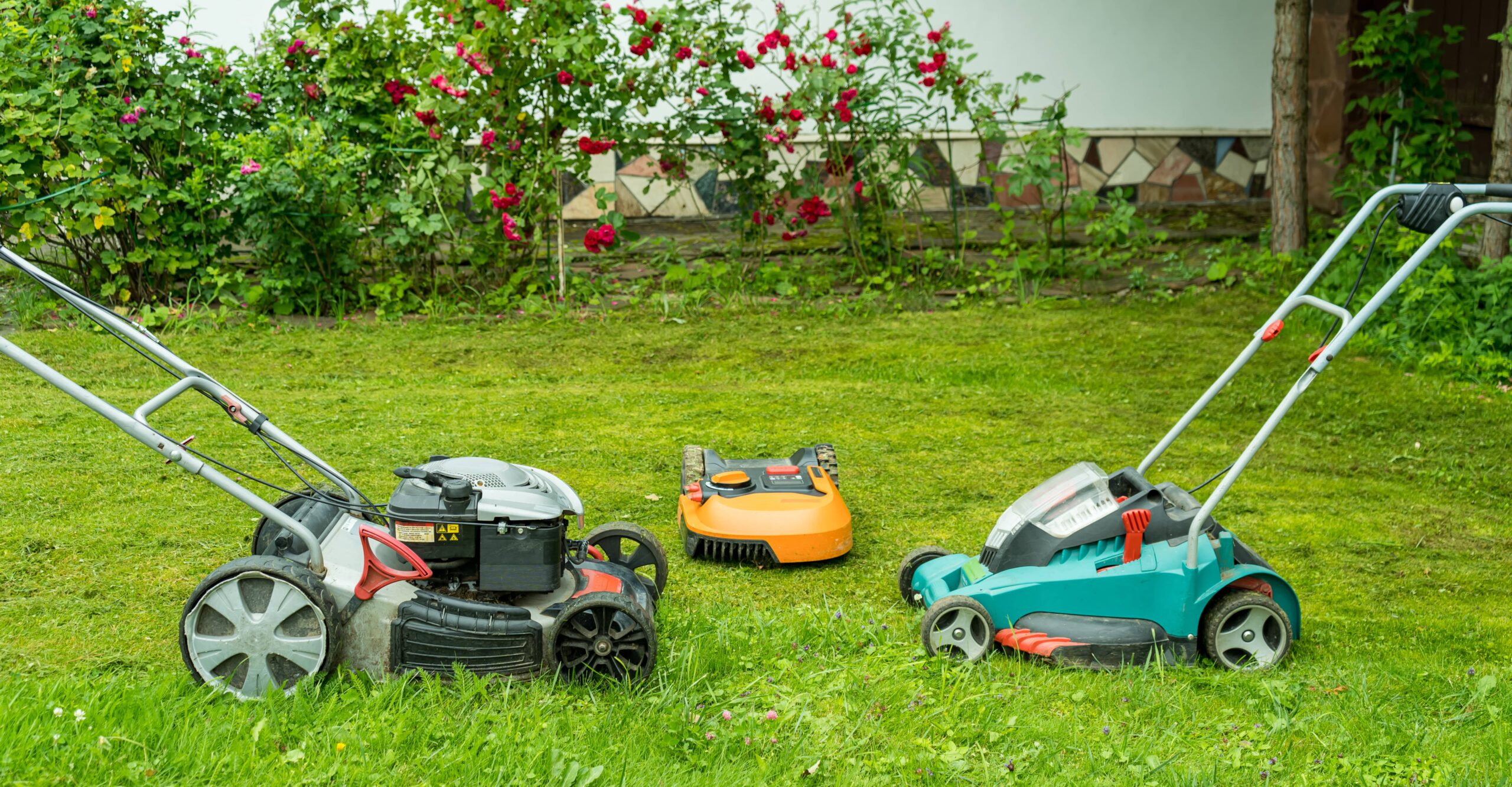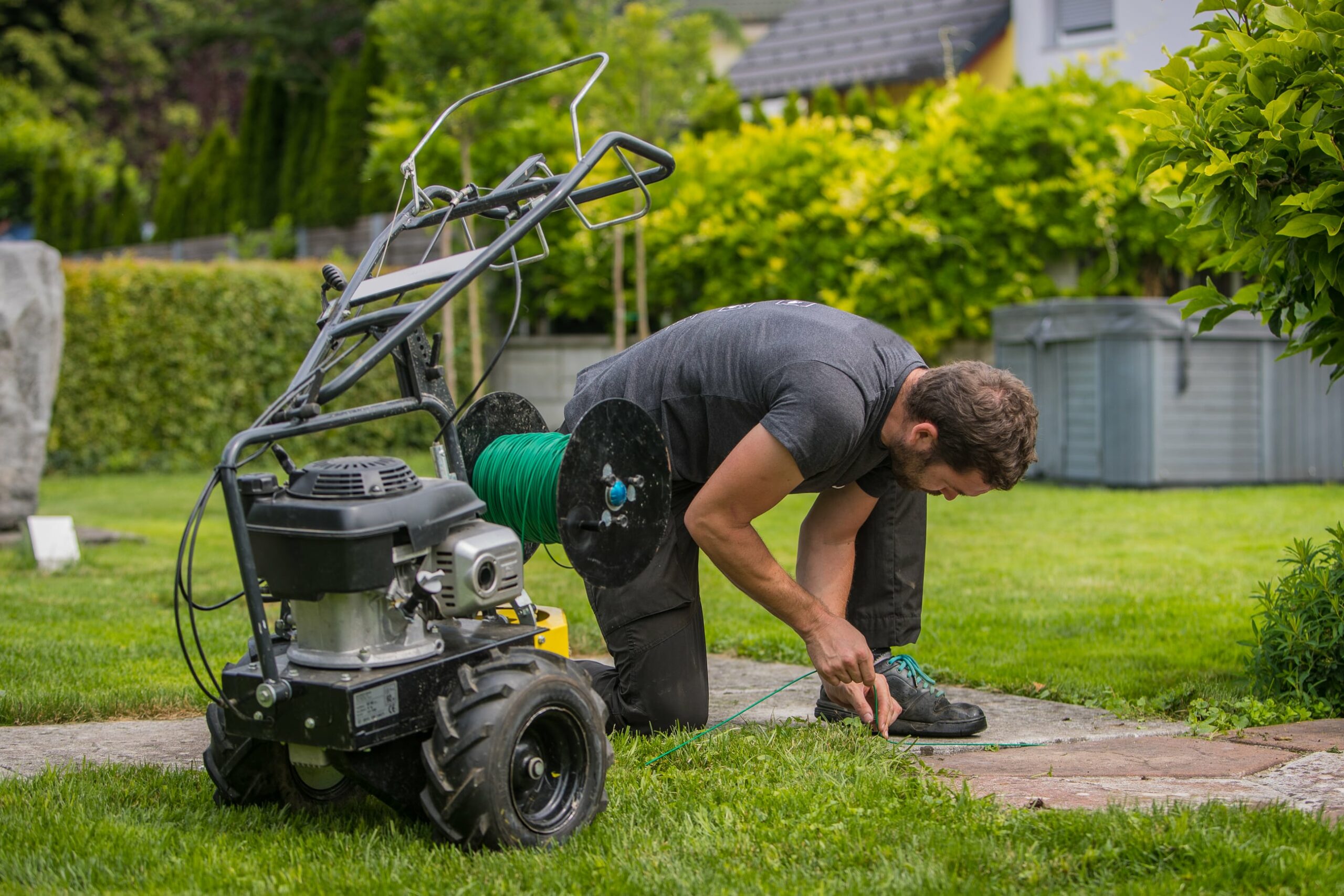Case Study: Sigma Trust
The Brief:
Our Client, Sigma Trust, is a partnership of schools located in Essex.
In June 2022, the Trust reached out to us to request two robotic mowers, replacing the traditional method of pitch maintenance across the sports pitches and optimising productivity across the board.
We carried out the installation of the robots and charging points in a single day, also providing training for the Trust’s facilities manager to ensure competency when using and programming and mowers. This training consisted of unblocking the cutting heads of leaves, and twigs etc, plotting the cut boundaries, and basic control panel use.
Due to time constraints from the school, cutting time for the full 45,000m2 field was set to be restricted between the hours of 6.00pm – 6.30am with both mowers being used autonomously. We programmed the mowers to return to the charging stations once the cut time was complete, remaining in place until the following days’ cut time commenced at 6pm. Under this specific program, cutting was set to automatically resume where it had finished the previous morning.
By using the two mowers in this manner, the total cut time for the field fell at roughly 24 hours.
The Project and Challenges:
The robots that we installed are guided by on board GPS – RTK (real-time kinematic) assisted navigation, meaning they work systematically to avoid overlapping trajectories. The result of this is that larger areas can be cut in less time, with less wear and tear on the components.
During the initial installation, the perimeter and boundaries were configured and recorded on the app, with our team showing the facilities manager how to adjust these settings remotely.
The Results
We carried out the installation of the robots and charging points in a single day, also providing training for the Trust’s facilities manager to ensure competency when using and programming and mowers. This training consisted of unblocking the cutting heads of leaves, and twigs etc, plotting the cut boundaries, and basic control panel use.
Due to time constraints from the school, cutting time for the full 45,000m2 field was set to be restricted between the hours of 6.00pm – 6.30am with both mowers being used autonomously. We programmed the mowers to return to the charging stations once the cut time was complete, remaining in place until the following days’ cut time commenced at 6pm. Under this specific program, cutting was set to automatically resume where it had finished the previous morning.
By using the two mowers in this manner, the total cut time for the field fell at roughly 24 hours.

Phil Burtsal
“The quality of the cut and no arisings being left on the field at any time has led to positive feedback from all users of our main field. Any maintenance on the machines has been carried out efficiently.
We have been impressed with the full experience and are looking to secure funding to roll these out across the trust.”
 Recent Articles
Recent Articles
Electric Lawn Mower vs. Robotic Lawn Mower: Choosing the Right Power Source for Your Lawn Mower
How much time do you spend mowing your lawn during the spring and summer seasons?
Depending on how large your garden or outside space is, the task of mowing the lawn can be incredibly time-consuming – leaving you a smaller window in which to explore more creative ventures throughout your garden.
How to Prepare a Garden for a Robotic Lawn Mower: Tips and Requirements
There are countless reasons why you might decide to invest in a robotic lawn mower. Designed to optimise efficiency, enabling you to funnel resources into more important and creative ventures across your grounds maintenance checklist, a robotic mower takes on the brunt of lawn care and presentation.
Get in touch with us today and access our broad portfolio of knowledge, expertise, and experience.
We also offer no-obligation consultations and can provide comprehensive demonstrations on how best to optimise the operation of any robotics.





